When it comes to preparing lamb, knowing your cuts is everything. One recipe might call for a slow-roasted shoulder, while another depends on a few quickly seared chops or a tender sirloin. And while most people can identify a leg of lamb, fewer can confidently select a lamb flank or noisette, and that’s where things get exciting.
Understanding the different cuts elevates your cooking and helps you shop with confidence, making the most of every meal. From a comforting stew to a special Sunday roast, this guide walks you through the key cuts of lamb from nose to tail.
Understanding Lamb Cuts: An Overview from Nose to Tail
Lamb is typically divided into four main regions: forequarter, loin, hindquarter, and offal or speciality cuts. Each section yields its own textures, flavours, and ideal cooking methods. From slow cooking to searing, there’s a cut suited to every skill level and occasion.
Lamb Forequarter Cuts: Rich, Marbled, and Perfect for Slow Cooking
This section includes some of the most flavour-packed parts of the animal. The forequarter is ideal for recipes that embrace low-and-slow techniques.
Lamb Shoulder
Cut from the upper front leg, the lamb shoulder is marbled with fat and packed with flavour. Because of its structure and connective tissue, it thrives when cooked slowly. Braising or roasting it low and slow helps break it down into tender meat that’s perfect for lamb stews or pulled-style dishes.
Shoulder chops are another option. Thinner cuts that can be seared and finished in the oven. Shoulder chops still benefit from slow cooking methods, and the rich flavour shines through when paired with herbs, garlic, or spice rubs.
Lamb Shank and Neck
Lamb shanks and lamb neck are hidden gems when it comes to comfort food. These cuts are collagen-rich and full of deep, meaty character. They’re best slow-cooked — think tagines, red wine braises, or hearty soups.
The cooking method makes all the difference here. With time and low heat, lamb shanks yield incredibly tender meat that falls from the bone and adds flavour to any sauce or broth. Lamb neck works similarly and is especially good when shredded into pasta dishes or savoury pies.
Lamb Shin
Cut from the lower part of the leg, lamb shin is perfect for anyone who loves a melt-in-the-mouth experience. It’s ideal for slow-cooked dishes where flavour is built up over time. Like shank and neck, lamb shin is one of those cuts that rewards patience with beautifully tender results and rich flavour.
Lamb Loin Cuts: Tender, Elegant, and Quick to Cook
The loin is home to some of the most prized tender cuts of lamb. These are leaner and often reserved for quick cooking and refined plating.
Lamb Loin
Lamb loin is the source of loin chops, a favourite among home cooks and chefs alike. These tender cuts have a layer of fat that enhances both flavour and texture. Loin chops are best pan-fried or grilled to medium-rare, where the centre stays pink and juicy.
If you’re buying from an organic farm shop or browsing an online butcher, you’ll often find lamb loin chops prepared with care, ready for a quick meal that doesn’t compromise on taste.
Lamb Noisettes
These elegant little medallions are crafted from the eye of the loin and tied into rounds. Known for their delicate shape and tender texture, noisettes are perfect for date nights or plated dinners. They cook quickly and pair beautifully with fresh herbs and butter-based sauces.
Lamb Rack
Also known as rack of lamb, this cut includes several rib bones and is usually French-trimmed for presentation. A rack of lamb is an impressive centrepiece that’s surprisingly simple to prepare. Roasted whole or sliced into cutlets, it delivers a rich flavour and tender meat that makes it a go-to for special occasions.
Lamb Flank
Often overlooked, lamb flank is a thin, flavourful cut from the abdominal area. It’s excellent for marinating and grilling, or it can be rolled with stuffing and roasted. Though it’s a little tougher than other loin cuts, its strong flavour more than makes up for it, especially when cooked properly.
Lamb Hindquarter Cuts: Leaner, Versatile, and Packed with Flavour
These cuts are often leaner but just as versatile, ideal for roasts, steaks, or slicing into stir-fries and kebabs.
Lamb Leg
A leg of lamb is perhaps the most recognisable and widely used cut. It can be roasted whole for holidays or dinner parties, or broken down into steaks for quicker cooking. The boneless leg is a great option for those who prefer easier carving and more uniform cooking.
Organic lamb leg steaks are particularly handy. They offer the same great flavour as roast lamb but in a faster, more manageable format. Grilled, pan-seared, or oven-finished, they bring a satisfying richness to the table.
Lamb Sirloin
Cut from the back end of the loin, lamb sirloin offers a perfect balance between lean meat and bold flavour. It’s often sliced into steaks or used in gourmet recipes where presentation and tenderness matter. Sirloin is easy to prepare, requiring just a quick sear to highlight its natural qualities. It’s also a great entry point for those new to cooking lamb.
Lamb Rump
Lamb rump comes from the top of the hind leg and delivers incredible depth of flavour. It’s one of the most forgiving tender cuts, staying moist when roasted or grilled. This cut is excellent when rested properly before slicing, ensuring tender meat every time.
Speciality and Lesser-Known Lamb Cuts
Adventurous cooks know that some of the most rewarding cuts come from the parts less travelled. These speciality options offer rich flavour and an opportunity to experiment.
Lamb Cheek: Soft, Sticky, and Unforgettable
Lamb cheeks require a bit of time, but they reward you with intensely rich flavour and a silky texture. Braised in stock or wine, they create unctuous sauces and are well-suited to small-portion, high-impact meals.
Lamb Breast and Ribs: Budget-Friendly and Delicious
Lamb breast and lamb ribs are fatty cuts that shine when treated properly. Whether slow roasting or smoking, these cuts crisp up beautifully and develop incredible flavour. Rib bones lock in moisture, making each bite juicy and rich.
Lamb ribs are a smart choice for those looking to stretch their budget without sacrificing taste. They’re also excellent on the barbecue with a spiced rub or glaze.
Lamb Offal: Nose-to-Tail Nutrition
Liver, kidneys, and heart fall under the offal category. Though not as commonly used today, they offer high nutritional value and traditional flavour. Offal can be pan-fried, grilled, or turned into pâtés for a touch of rustic indulgence.
Buying these from organic butchers ensures you’re getting quality, well-handled meat that reflects responsible farming practices.
Which Cut of Lamb Is Right for You? A Quick Buyer’s Guide

Unsure which cut to choose? Use this quick-reference guide to match your needs to the right lamb cut.
- For quick, flavourful meals: Go for lamb loin chops, noisettes, or sirloin. These tender cuts cook fast and are perfect for busy weeknights.
- For slow, comforting dishes: Choose lamb shoulder, lamb shanks, neck, shin, or breast. These cuts benefit from time and low heat, rewarding you with rich flavour and tender meat.
- For special occasions: Impress with a rack of lamb, a whole roast lamb leg, or a boneless leg. These classic roasts look beautiful on the table and taste even better.
- For adventurous eaters: Explore lamb cheek, lamb ribs, or lamb offal. These lesser-known cuts offer deep, satisfying flavours and are often more affordable.
Whatever your preference, there’s a cut of lamb that suits your cooking style, schedule, and taste, and discovering new favourites is all part of the joy.
Choosing the Right Cut for Your Cooking Method
The best lamb meals start with the right cut, and that choice often depends on how you plan to cook it. Different parts of the animal respond better to certain techniques, and matching the cut to the method helps you bring out the best flavour and texture every time.
- For slow cooking methods, such as braising or stewing, look to the forequarter. Cuts like lamb shoulder, lamb shanks, lamb neck, and shin are ideal. They’re rich in connective tissue that breaks down during long, gentle cooking, resulting in incredibly tender meat and deep, satisfying flavour. These cuts are perfect for lamb stews, curries, or slow-cooked Mediterranean dishes.
- For roasting, go with classic centrepieces like a whole leg of lamb, a boneless leg, or a beautifully trimmed rack of lamb. These cuts lend themselves to slow roasting and produce stunning results when seasoned well and carved with care.
- For quick, high-heat cooking, such as pan-searing, grilling, or barbecuing, opt for leaner, more tender cuts like lamb loin chops, lamb noisettes, rump, or sirloin. These don’t need long cooking times and shine with simple seasoning and proper resting. They’re excellent for weeknight meals or al fresco summer dinners.
When in doubt, ask a trusted organic butcher for advice based on your chosen cooking method — they’ll point you toward the right lamb cuts to match both your time and taste.
How to Store and Prepare Lamb for Best Results
Buying fresh from an organic farm shop or receiving a delivery from a premium online butcher, either way, proper storage is key to maintaining the quality of your lamb. Once you bring it home, store fresh cuts in the coldest part of your fridge and cook within two to three days. If you’re not cooking it right away, lamb freezes very well; wrap it tightly and use within three months for optimal flavour and texture.
When it’s time to cook, defrost your lamb slowly in the fridge overnight to preserve the integrity of the meat. Avoid using the microwave or leaving it out at room temperature, especially for larger cuts like leg of lamb or lamb shoulder.
Before cooking, bring the lamb to room temperature for about 30 minutes. This helps ensure more even cooking and better results, especially with tender cuts like organic lamb chops or lamb rack. For certain cuts, marinating adds flavour and helps tenderise, but with high-quality organic lamb, sometimes all you need is sea salt, olive oil, and a few herbs.
Lastly, rest your lamb after cooking, especially for roasts and steaks. Allowing the juices to redistribute means juicier, more tender meat, no matter the cut.
Why Organic Lamb Matters More Than Ever

Choosing organic lamb meat isn’t just about what’s left out — it’s about what’s included: transparency, welfare, and true flavour. Animals raised organically benefit from better living conditions, access to pasture, and a natural diet. This directly affects the taste and texture of the meat.
When you buy from an organic farm shop or a trusted online source, you know your meat was raised with care. Organic butchers can also offer expert advice on lesser-known cuts and suggest slow roasting or grilling techniques that suit your recipe. Whether it’s a lamb loin, a rack of lamb, or a shoulder chop, the difference is something you can taste.
How to Buy Lamb Like a Chef: Tips from Organic Butchers
If you want to shop smarter and cook with confidence, a good butcher makes all the difference. Organic butchers are often trained to guide you toward the right lamb cuts based on your preferred cooking method, occasion, or flavour profile.
Ask about the best cut for slow cooking, what pairs well with certain spices, or how to break down a leg of lamb into steaks. Don’t be afraid to request speciality cuts like lamb neck or flank. They often fly under the radar but are packed with flavour.
You can also ask your butcher for pre-scored fat, especially on cuts like shoulder or rack of lamb. This helps the seasoning penetrate and makes rendering easier. If you’re planning to cook a boneless leg, ask if it’s been tied and trimmed — it’ll cook more evenly and carve more neatly.
Finally, don’t hesitate to ask for portioning help. If you’re buying a large leg of lamb or rack of lamb, your butcher can portion it into smaller steaks or chops to make your life easier in the kitchen. Feeding a family or hosting a dinner party? Your butcher is your best ally for choosing the right cut of meat every time.
Lamb Cuts That Inspire Confident Cooking
Whether you’re preparing a show-stopping roast or a comforting lamb stew, understanding the different cuts of lamb helps you cook with purpose. Each cut offers something unique, from the rich, slow-cooked goodness of lamb shoulder to the quick-seared elegance of lamb loin chops.
At Rhug Estate, we’re proud to offer a wide range of organic lamb cuts, raised on our farm or sourced from trusted partners who share our values. Every selection, from coastal lamb to organic lamb chops, is prepared with care, ready to bring out the best in your cooking.
Explore our collection today and discover the perfect cut for your next meal.
Direct from the Rhug Estate Farm Shop:
Organic Lamb Shoulder Boned & Rolled
Price range: £21.14 through £25.37
Select options
This product has multiple variants. The options may be chosen on the product page
Organic Bone in Lamb Leg
Price range: £41.58 through £46.20
Select options
This product has multiple variants. The options may be chosen on the product page


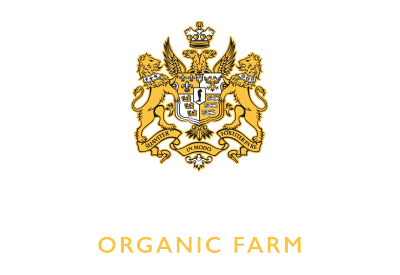

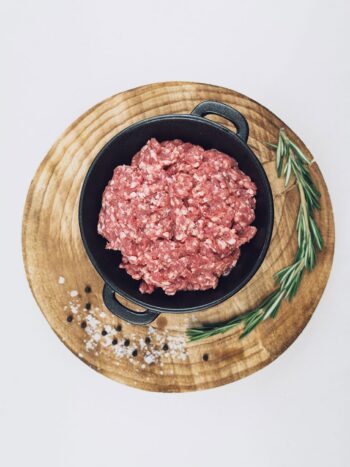
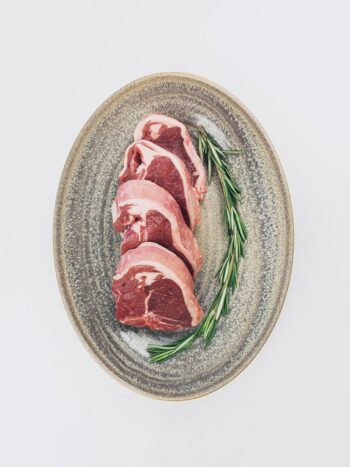
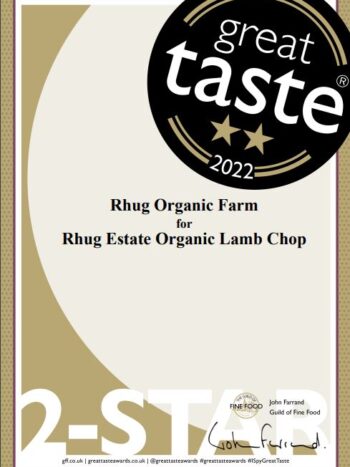
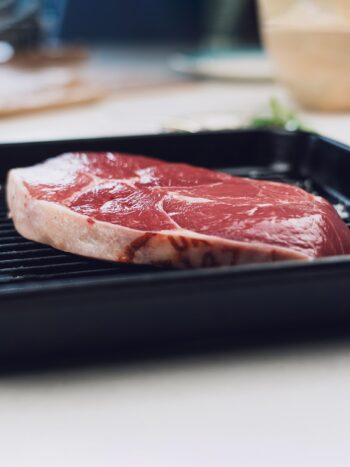
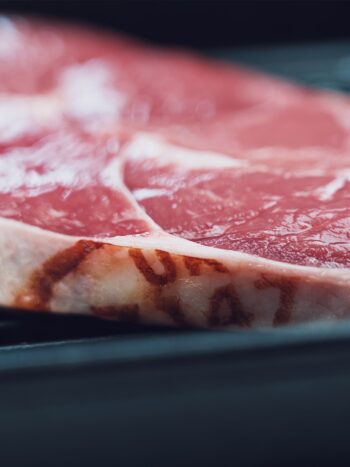
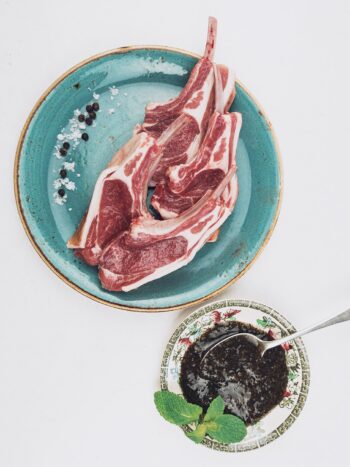
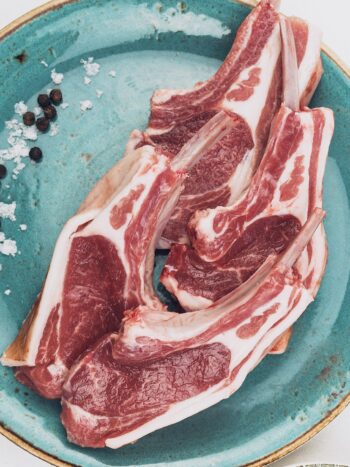
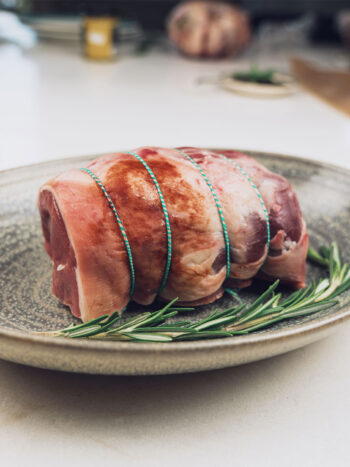
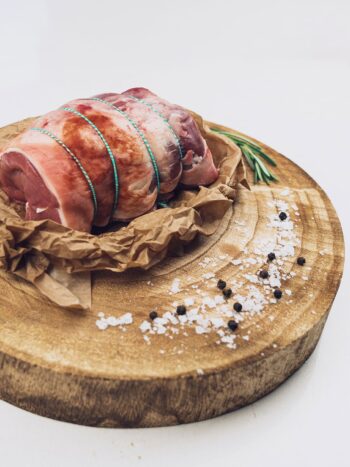
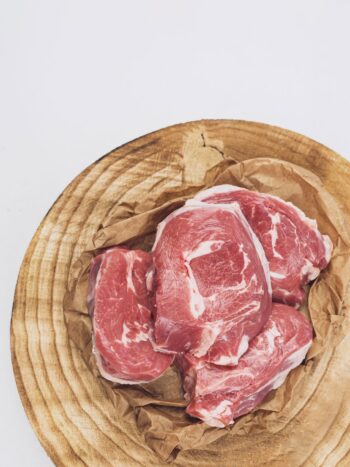
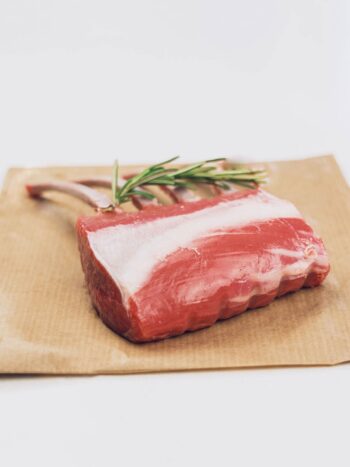
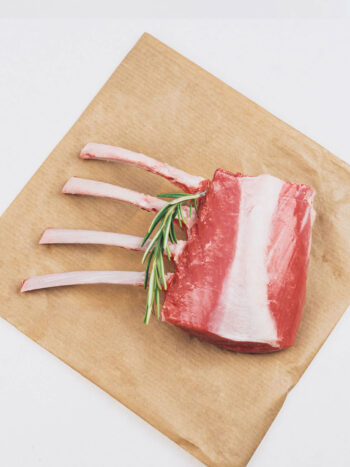
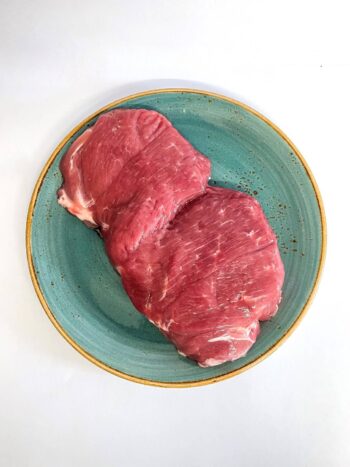
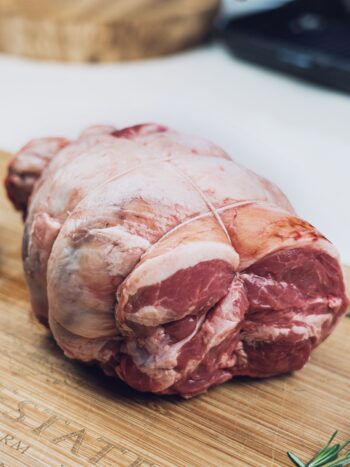
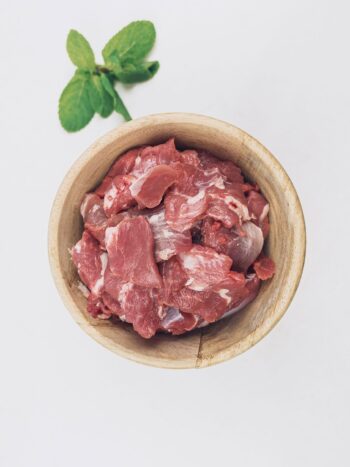
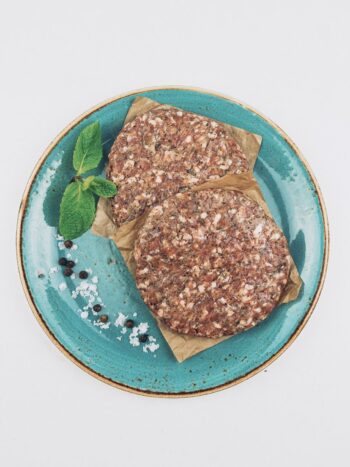
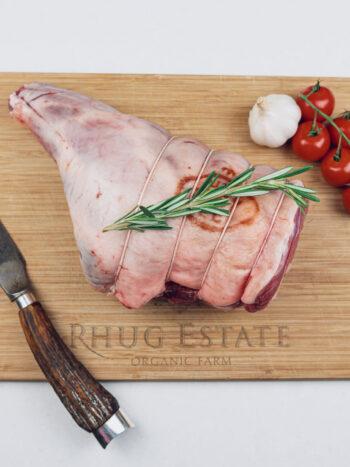



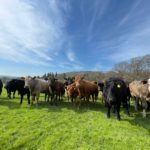 Organic Beef
Organic Beef